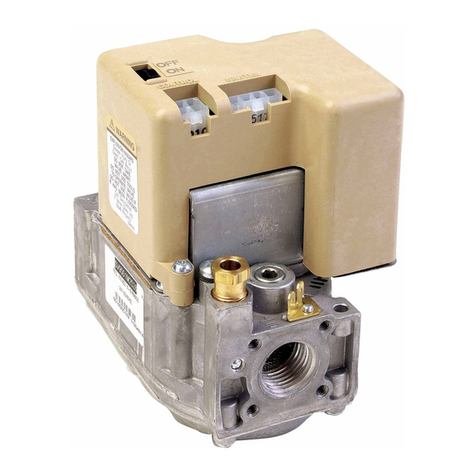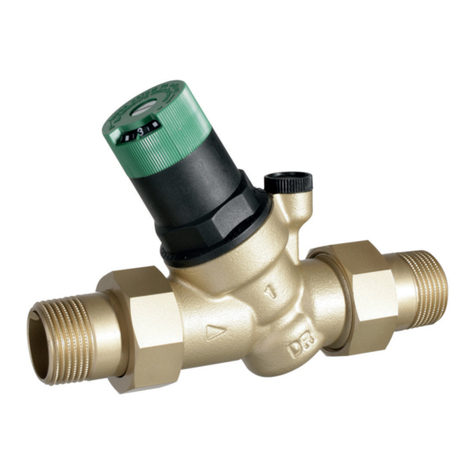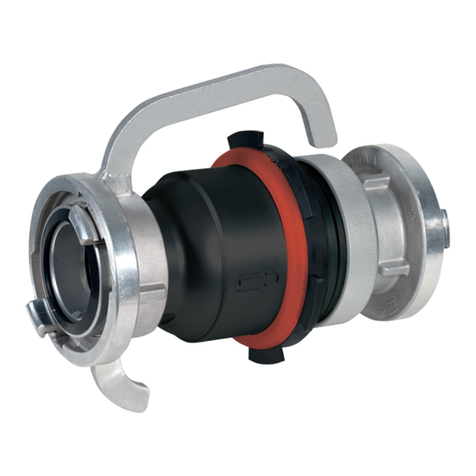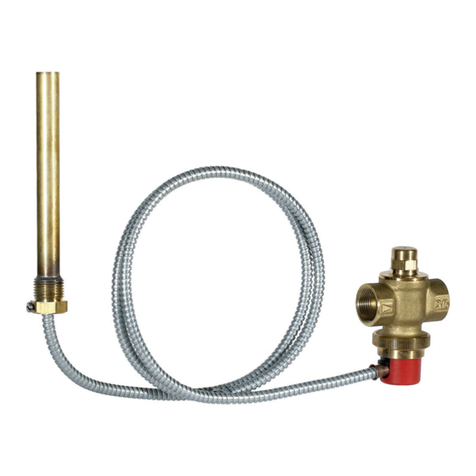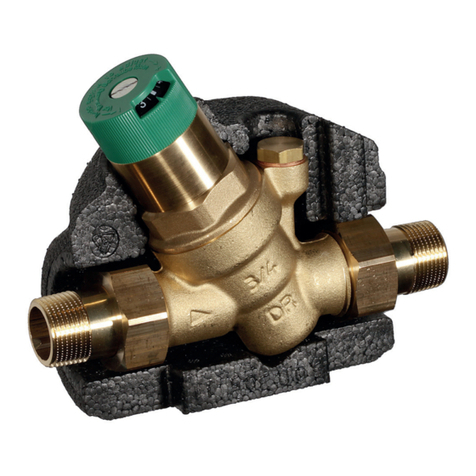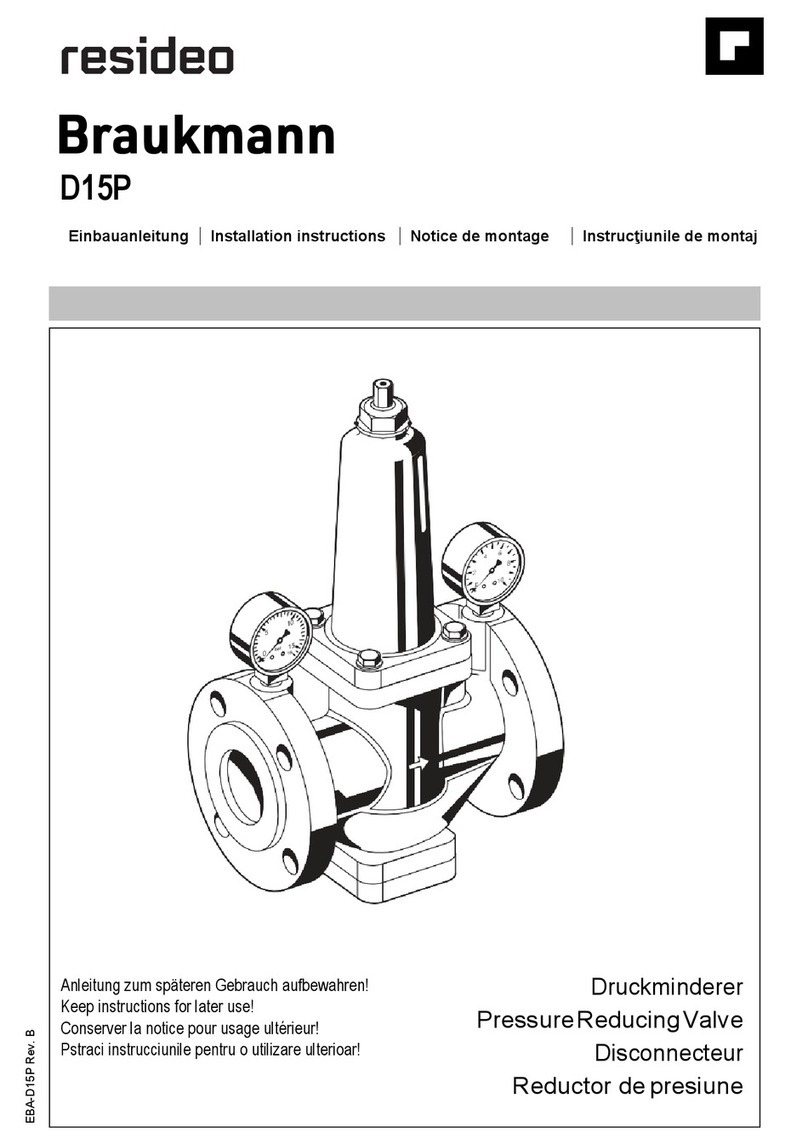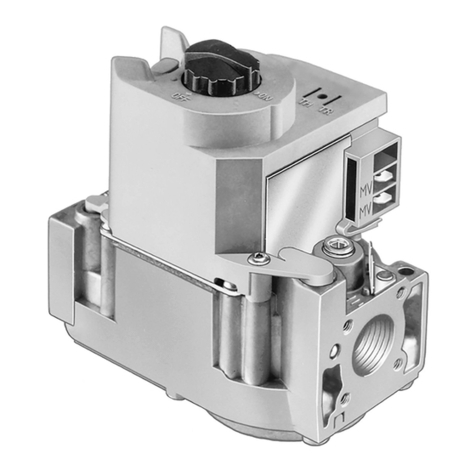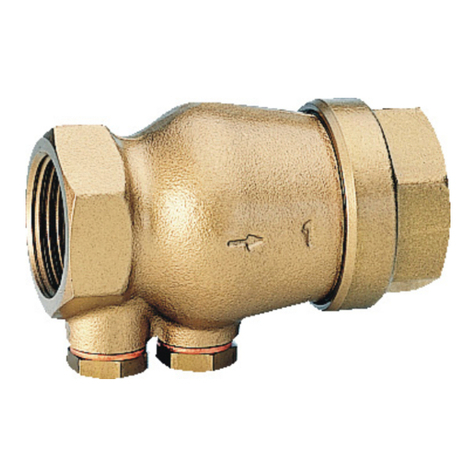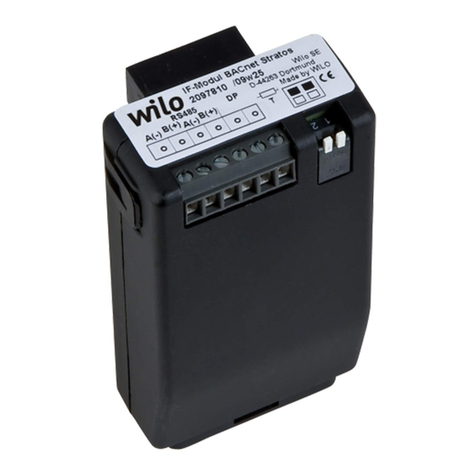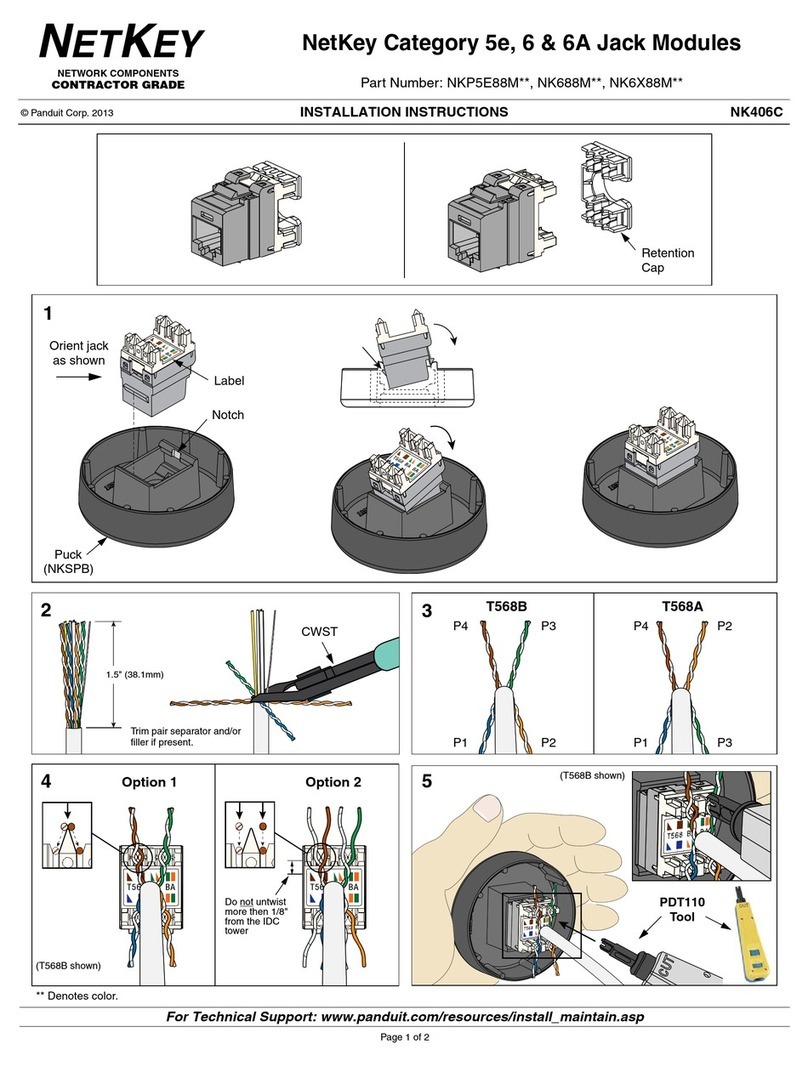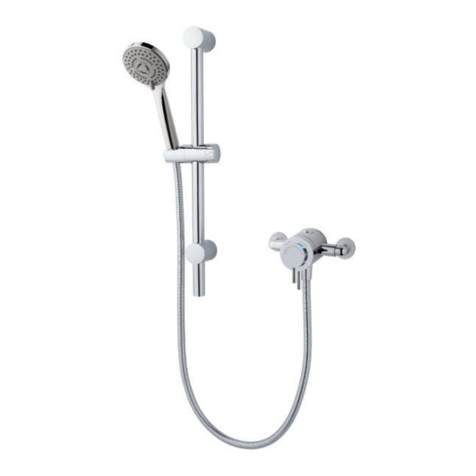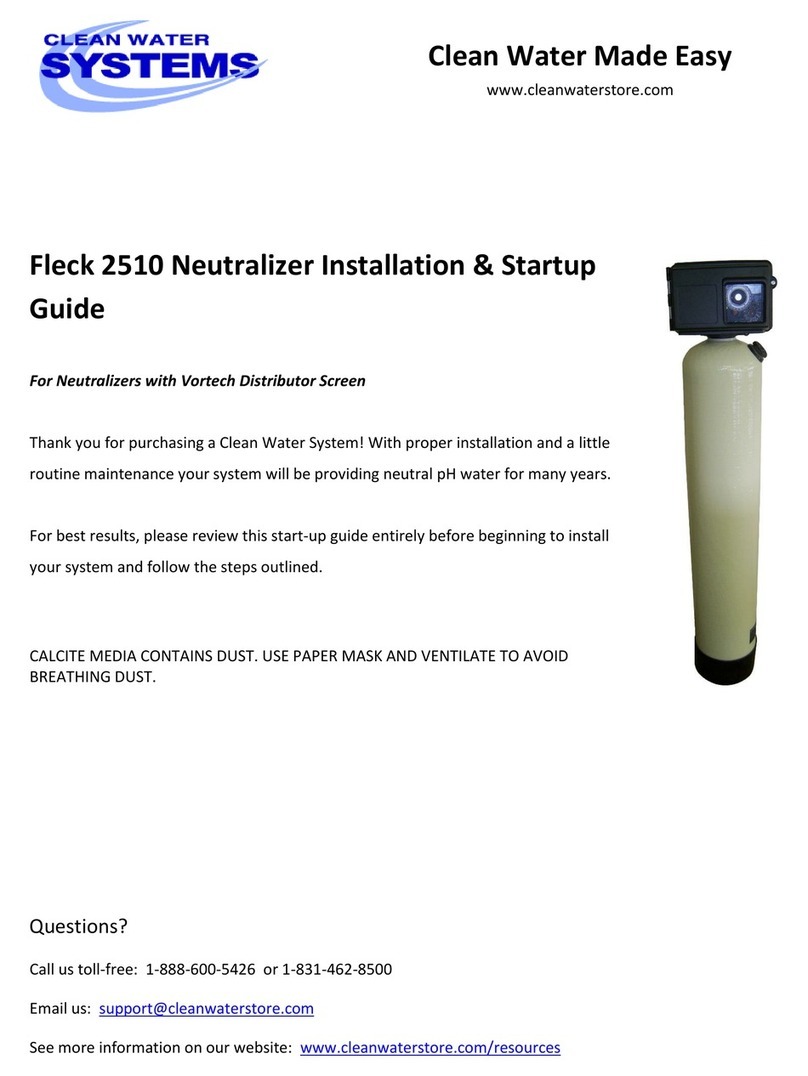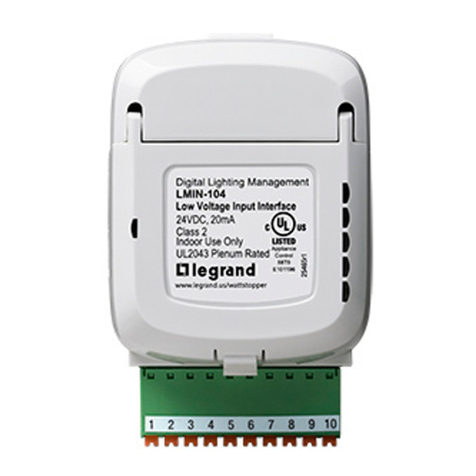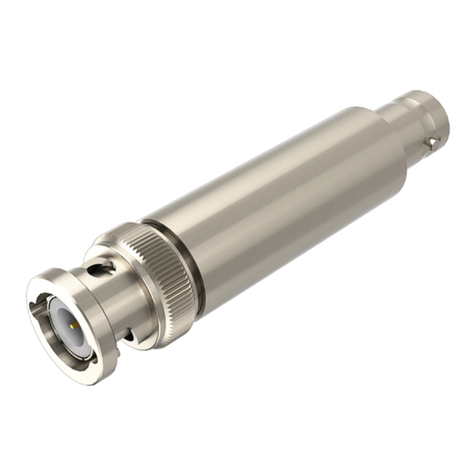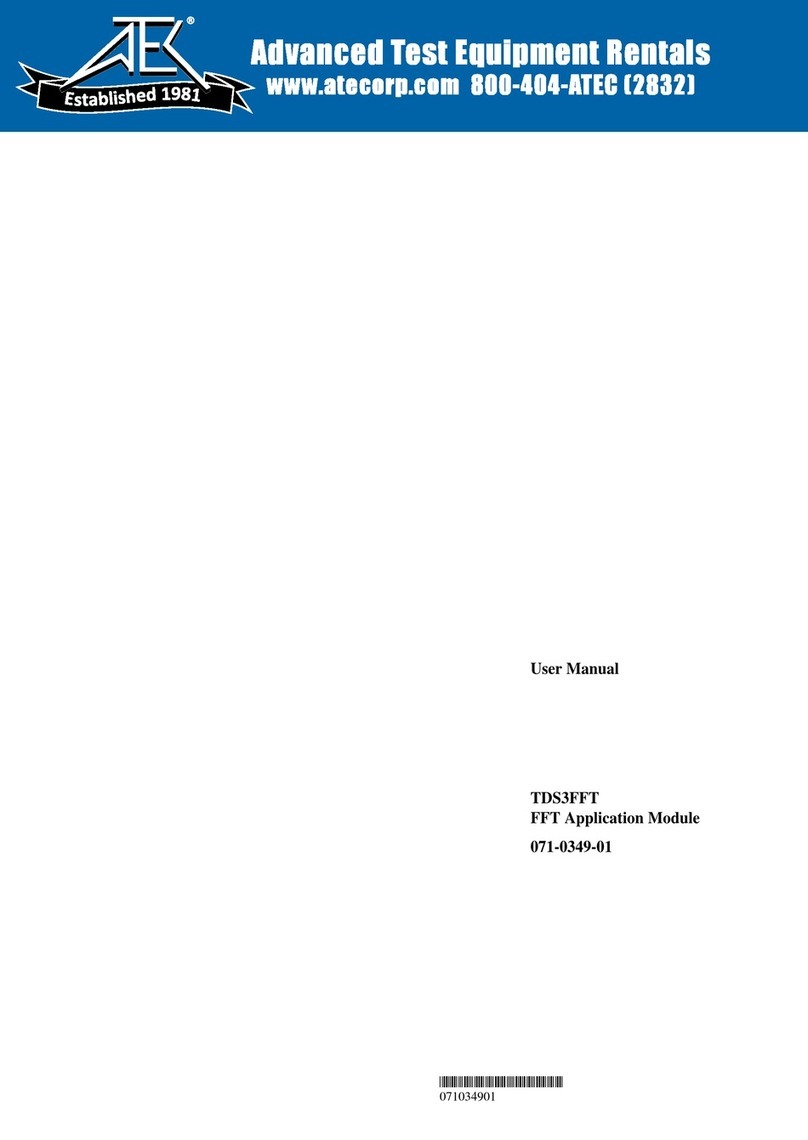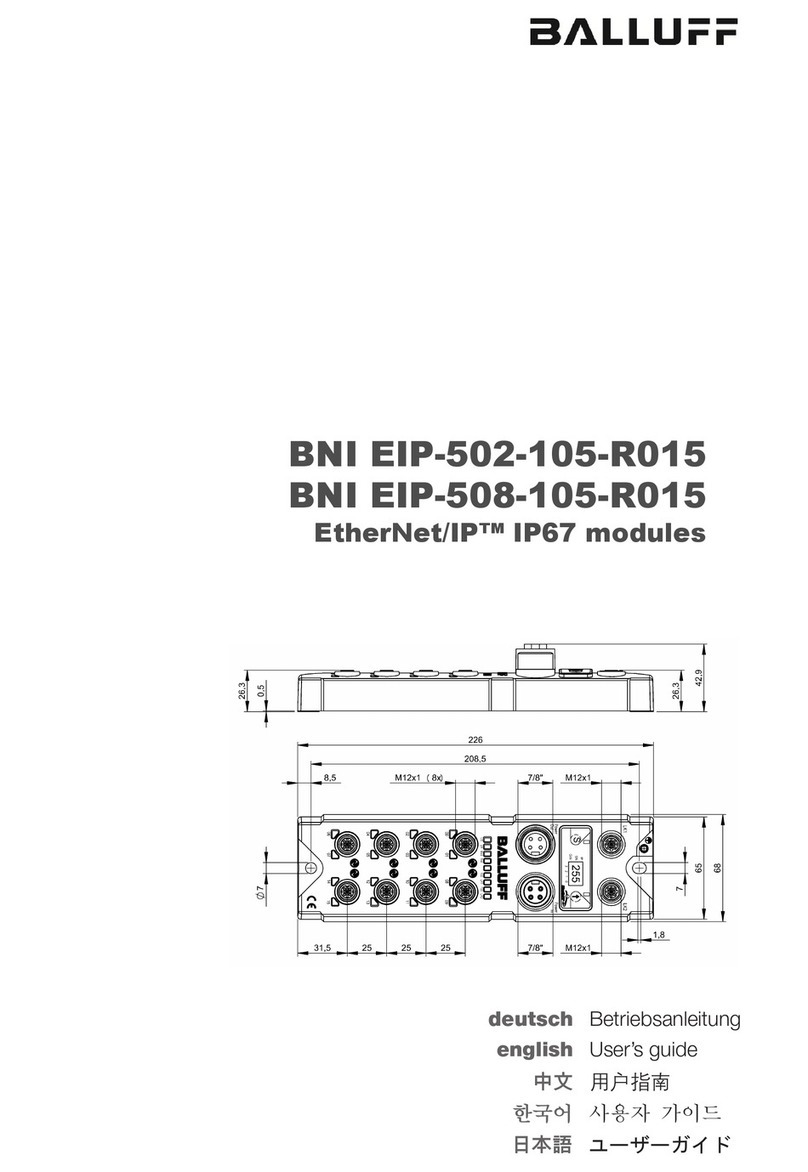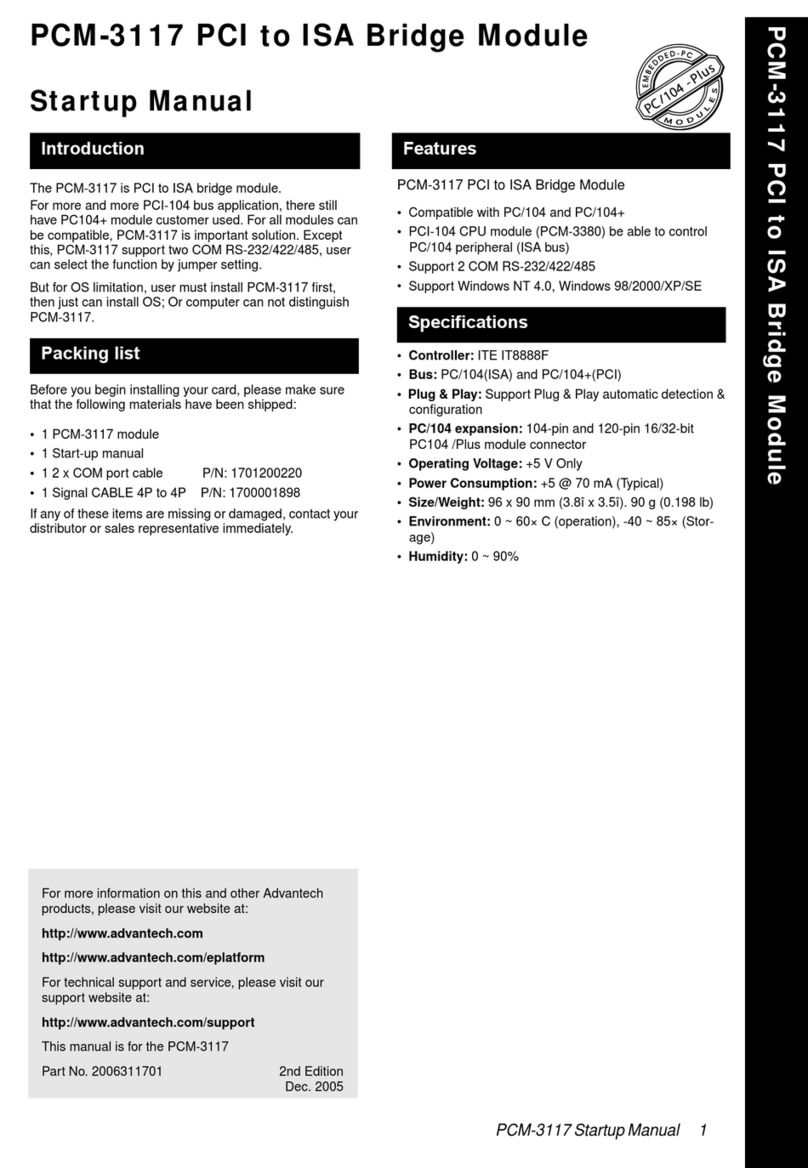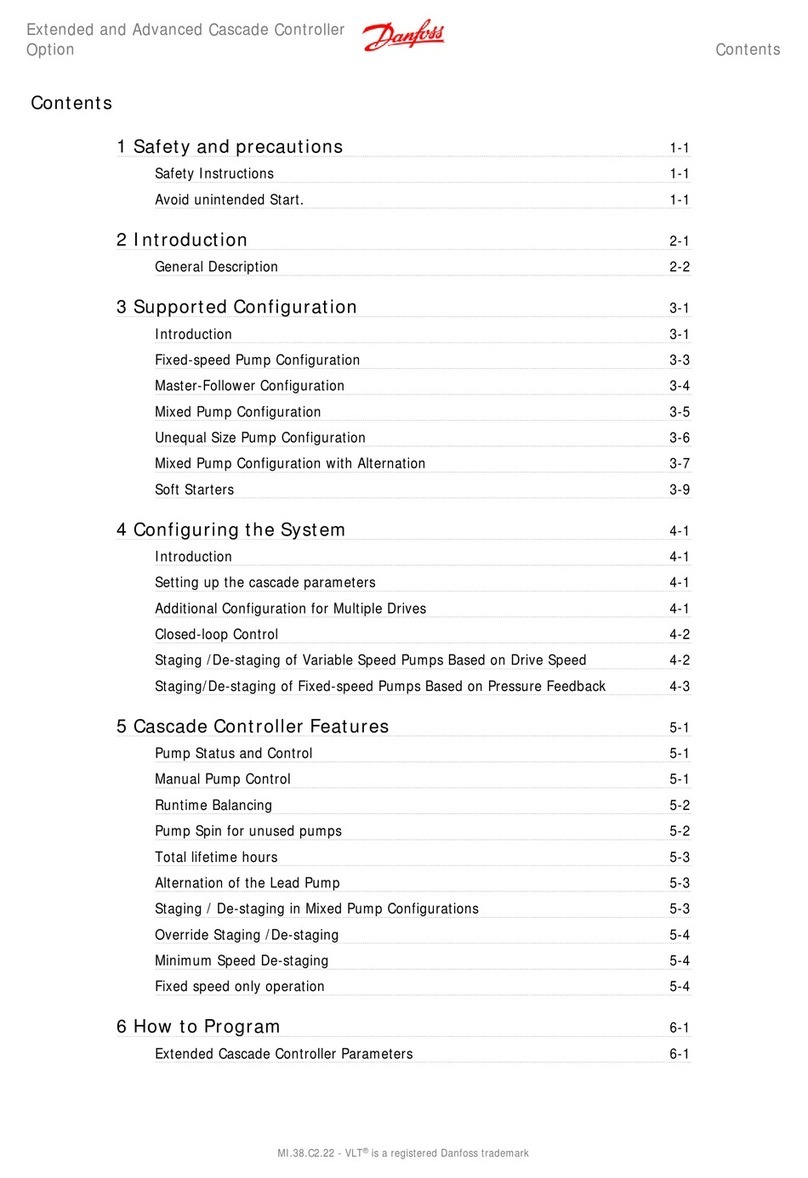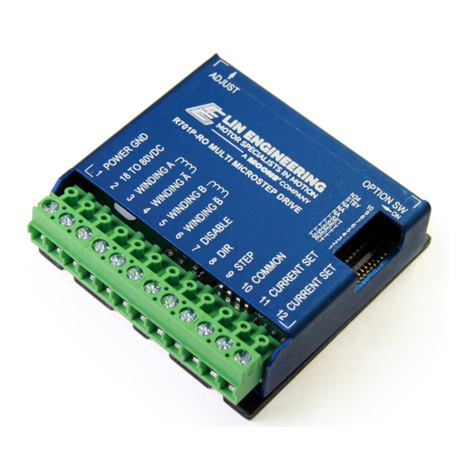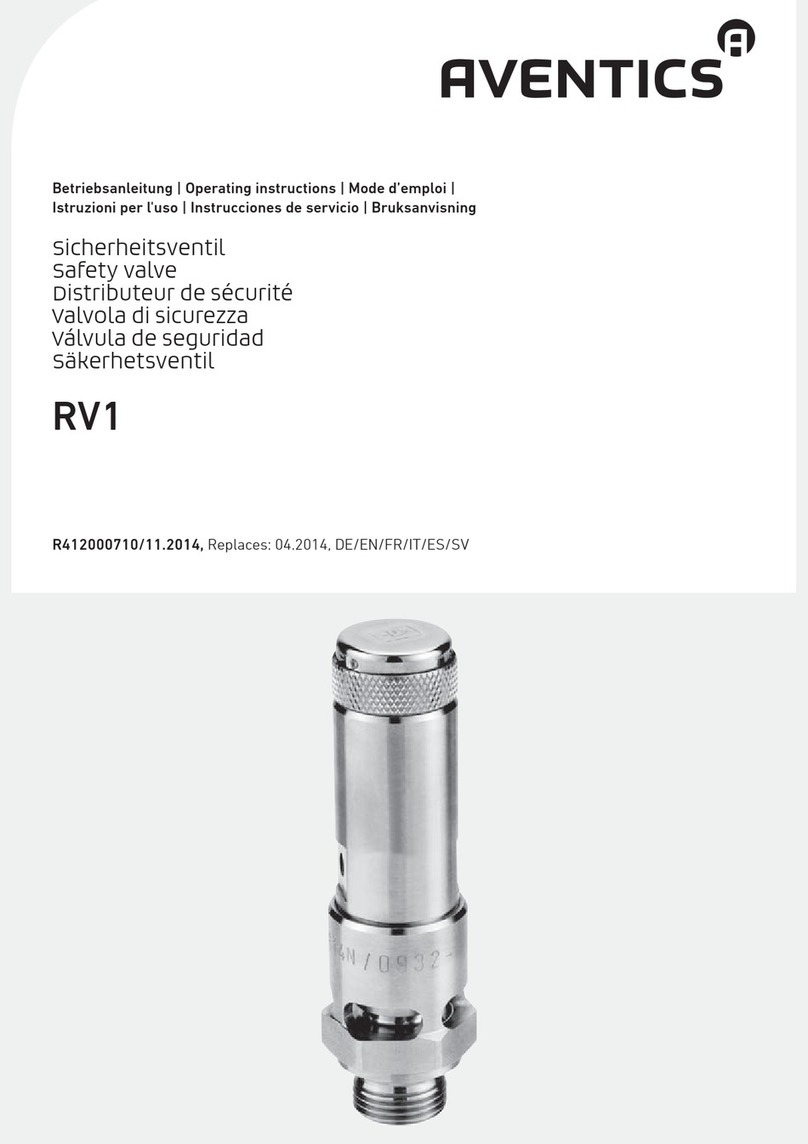
SV9541, SV9641 SMARTVALVE™ SYSTEM CONTROLS
369-2012—01
High Humidity or Dripping Water
Dripping water can cause the control to fail. Never install
an appliance where water can drip on the control. In
addition, high ambient humidity can cause the control to
corrode and fail. If the appliance is in a humid
atmosphere, make sure air circulation around the control
is adequate to prevent condensation. Also, regularly
check out the system.
Corrosive Chemicals
Corrosive chemicals can attack the control, eventually
causing a failure. If chemicals are used for routine
cleaning, avoid contact with the control. Where
chemicals are suspended in air, as in some industrial or
agricultural applications, protect the control with an
enclosure.
Dust or Grease Accumulation
Heavy accumulations of dust or grease can cause the
control to malfunction. Where dust or grease can be a
problem, provide covers for the control to limit
contamination.
Heat
Excessively high temperatures can damage the control.
Make sure the maximum ambient temperature at the
control does not exceed the rating of the control. If the
appliance operates at very high temperatures, use
insulation, shielding, and air circulation, as necessary, to
protect the control. Proper insulation or shielding should
be provided by the appliance manufacturer; verify proper
air circulation is maintained when the appliance is
installed.
INSTALLATION
When Installing this Product…
1. Read these instructions carefully. Failure to follow
them could damage the product or cause a
hazardous condition.
2. Check the ratings given in the instructions and on
the product to make sure the product is suitable for
your application.
3. Installer must be a trained, experienced service
technician.
4. After installation is complete, check out product
operation as provided in these instructions.
Fire or Explosion Hazard.
Can cause property damage, severe injury or
death.
Follow these warnings exactly:
1. Disconnect power supply before wiring to
prevent electrical shock or equipment damage.
2. To avoid dangerous accumulation of fuel gas,
turn off the gas supply at the appliance service
valve before starting installation, and perform
Gas Leak Test after installation is complete.
3. Do not bend pilot tubing at ignition system
control or pilot burner after compression fitting
is tightened, or gas leakage at the connection
can result.
4. Always install a sediment trap in the gas
supply line to prevent contamination of the
ignition system control.
Electrical Shock or Equipment Damage Hazard.
Can shock individuals or short equipment
circuitry.
1. Disconnect power supply before installation.
2. Never apply a jumper across or short any of the
terminals in the SV9541 or SV9641 wiring
harness. This can damage the system
transformer or the control.
Follow the appliance manufacturer instructions, if
available; otherwise, use these instructions as a guide.
IMPORTANT
These ignition system controls are shipped with
protective seals over the inlet and outlet
tappings. Do not remove the seals until ready to
install adapters or connect the piping.
Converting Ignition System Control
from Natural Gas to LP Gas (or LP
Gas to Natural Gas)
Fire or Explosion Hazard.
Can cause property damage, severe injury, or
death.
1. Do not attempt to convert step-opening
models (suffix letter P).
2. Always change the main and pilot burner
orifices when converting from natural to LP
gas or from LP to natural gas. Carefully follow
appliance manufacturer specifications and
instructions to assure proper appliance
conversion.
3. Ignition system controls are factory-set for
natural (and manufactured) or LP gas. Do not
attempt to use an ignition system control set
for natural (manufactured) gas on LP gas, or an
ignition system control set for LP gas on
natural (manufactured) gas.
Ignition system controls with standard, slow-opening,
and two-stage regulators (model numbers with suffix H,
K, M, or Q) can be converted from one gas to the other
with a conversion kit (ordered separately). See Table 4 to
select the appropriate conversion kit.
Install Adapters To Control
If adapters are being installed on the control, mount them
as follows:
Flanges
1. Choose the appropriate flange for your application.
2. Remove the seal over the ignition system control
inlet or outlet.
3. Make sure that the O-ring is fitted in the groove of
the flange. If the O-ring is not attached or is
missing, do not use the flange.
4. With the O-ring facing the ignition system control,
align the screw holes on the ignition system
control with the holes in the flange. Insert and
tighten the screws provided with the flange. See
Fig. 1. Tighten the screws to 25 inch-pounds of
torque to provide a gas-tight seal.

